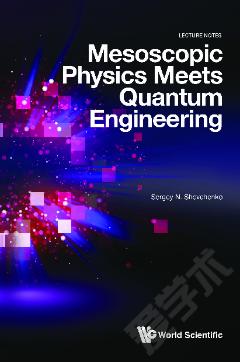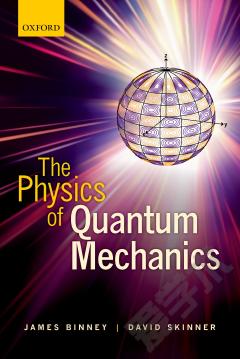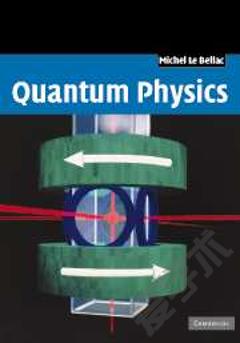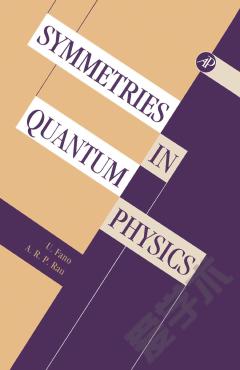Mesoscopic Physics Meets Quantum Engineering
Quantum mechanics was initially constructed to describe objects on atomic and subatomic scales. However, in the last decades, quantum mechanics has been revisited and its use extended to the study and description of macroscopic distinct states. This is accomplished by modeling basic objects of mesoscopic physics, such as superconducting quantum circuits and low-dimensional structures derived from a two-dimensional electronic gas. In recent years, these devices support the study of fundamental systems such as a two-level quantum system, or qubit, as an object for manipulations and applications. This book will provide an introduction to quantum computation and quantum information, based on quantum physics, solid-state theory, and theory of computing. We will become familiar with this important field and explore how it is inseparably linked to basic notions of physics such as superposition, entanglement, and quantum dynamics. Then we will consider superconducting and mesoscopic systems, as well as a series of phenomena, where important are the spectra quantization, interference, and charge discreteness.This book derives its content from a lecture course designed for graduate students and postdocs who are acquainted with quantum mechanics and statistical physics. In particular, it was developed together with the lecture series taught to 5th year students of the Department of Physics and Technology in V N Karazin Kharkiv National University.
{{comment.content}}








 京公网安备 11010802027623号
京公网安备 11010802027623号